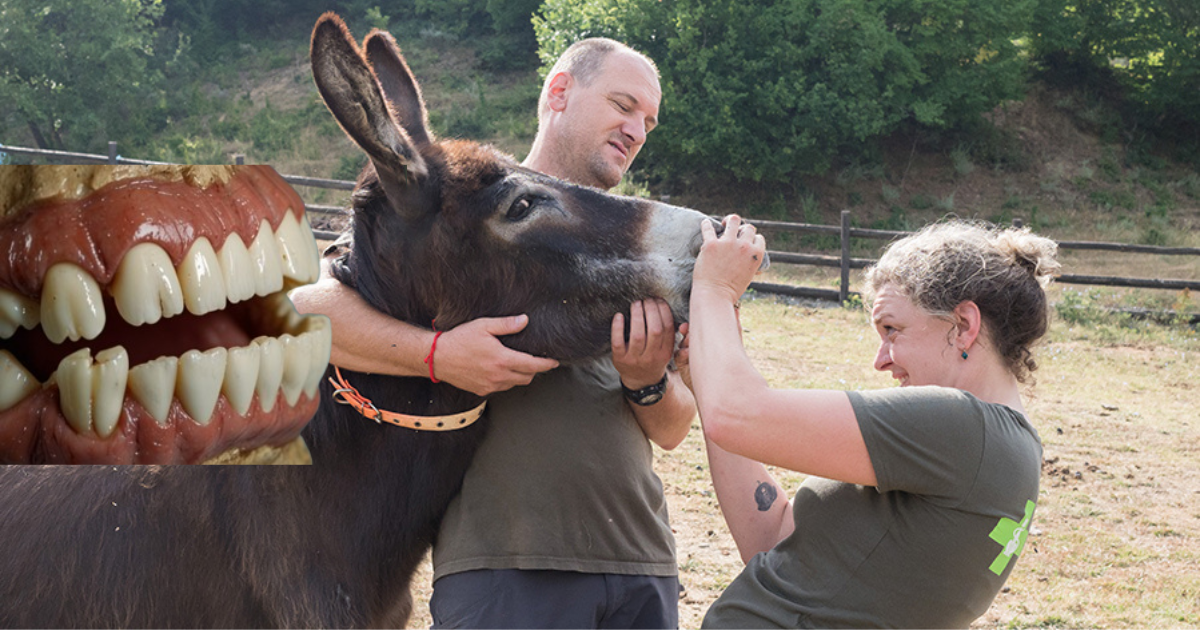Aristotle, the great Greek philosopher, is renowned for his extensive contributions to various fields, including metaphysics, ethics, and natural sciences. Among the many inquiries into nature and biology, one curious anecdote that has been passed down through history is Aristotle’s observations about teeth in a donkey’s jaw. This seemingly odd detail reveals much about Aristotle’s dedication to understanding the natural world in intricate detail.
In this article, we will explore Aristotle’s interest in animal biology, his observations of donkey teeth, and what this tells us about his broader approach to studying the natural world. We’ll also discuss how Aristotle’s work laid the foundations for modern biological studies.
Aristotle’s Fascination with Natural Sciences
Aristotle as a Pioneer in Biology
Though Aristotle is most commonly remembered for his philosophical writings, he also made groundbreaking contributions to the study of living organisms. In fact, he is often referred to as the father of biology because of his pioneering work in classifying and understanding various forms of life. Unlike his predecessors, who focused primarily on theoretical concepts, Aristotle conducted empirical research by studying animals, plants, and humans in their natural environments.
His method was unique for the time because he combined direct observation with logical reasoning, creating a systematic approach to understanding life. Aristotle’s biological works, including History of Animals, Parts of Animals, and Generation of Animals, are filled with detailed descriptions of animal anatomy, behavior, and reproduction.
The Importance of Empirical Observation
Aristotle was committed to empirical observation, meaning he placed great importance on what he could observe with his own eyes. He believed that in order to truly understand the natural world, one must gather evidence directly from nature. This approach was revolutionary in ancient Greece, where much of scientific inquiry was based on speculation rather than observation.
His meticulous documentation of different species, their anatomy, and behavior laid the groundwork for many fields of modern science. Among the many animals he studied, Aristotle devoted considerable attention to the anatomy of common animals such as donkeys, horses, and cattle.
Aristotle’s Observations of Donkey Teeth
The Case of the Donkey Jaw
In his biological studies, Aristotle examined the anatomy of many animals, and one area that particularly interested him was the dentition (teeth) of mammals. Aristotle believed that teeth, like many other body parts, held valuable clues about an animal’s life, diet, and evolutionary development.
One of the more peculiar yet notable observations Aristotle made was about teeth in a donkey’s jaw. In his study of donkeys, Aristotle observed and documented the number and type of teeth found in both male and female donkeys. He noticed that male donkeys typically have more teeth than females, a pattern also observed in other animal species. This keen observation was significant because it reflected Aristotle’s broader interest in understanding sexual dimorphism—the physical differences between males and females of the same species.
Sexual Dimorphism in Teeth
Sexual dimorphism in teeth, as Aristotle noted in donkeys and other animals, is the idea that males and females can have differing dental structures, often for reasons related to their differing roles in reproduction and survival. For example, in many species, male animals may require more robust or specialized teeth for combat, defense, or competition during mating rituals. Female animals, on the other hand, might have slightly different dental structures that align with their nutritional needs or reproductive roles.
In the case of donkeys, Aristotle’s observations of males having more teeth than females was a rare insight into the physical differences between sexes. Though modern science has since confirmed and expanded upon this, Aristotle’s work was remarkable for his era and his empirical approach to studying biological differences.
The Broader Implications of Aristotle’s Research
Laying the Foundation for Zoology
Though Aristotle’s conclusions about teeth in a donkey’s jaw may seem like a small detail, it was a part of his broader effort to classify and understand the natural world. Aristotle’s work laid the foundation for modern zoology. His method of organizing living creatures by their anatomical features, habitats, and behaviors was a precursor to modern biological classification systems, such as Linnaeus’s taxonomy.
Today, the study of animal dentition and anatomy continues to be a crucial part of understanding evolutionary biology, just as it was for Aristotle more than two millennia ago.
Aristotle’s Legacy in Science
Aristotle’s work, while occasionally containing inaccuracies by today’s standards, represented a huge leap forward in the systematic study of nature. His methods of classification and empirical observation are still at the core of scientific inquiry today. His contributions to understanding the natural world, including his observations of teeth in a donkey jaw, remind us that small details can often hold great significance.
Through the lens of Aristotle’s inquiry into nature, we see that even the most seemingly trivial observations, such as the number of teeth in a donkey, can lead to profound insights into biology, evolution, and the natural world.
Conclusion
Aristotle’s observation of teeth in a donkey’s jaw might seem like a small detail, but it is part of a larger framework of biological study that continues to influence science today. His dedication to observing and documenting nature in such fine detail exemplifies the methodical approach that would become a hallmark of biological sciences.
This example of Aristotle’s work demonstrates that great scientific advancements often begin with simple, careful observations. From the number of teeth in a donkey’s jaw to the classification of living organisms, Aristotle’s legacy as a pioneer in biology and natural science continues to shape our understanding of the natural world even today.
Share this content:



